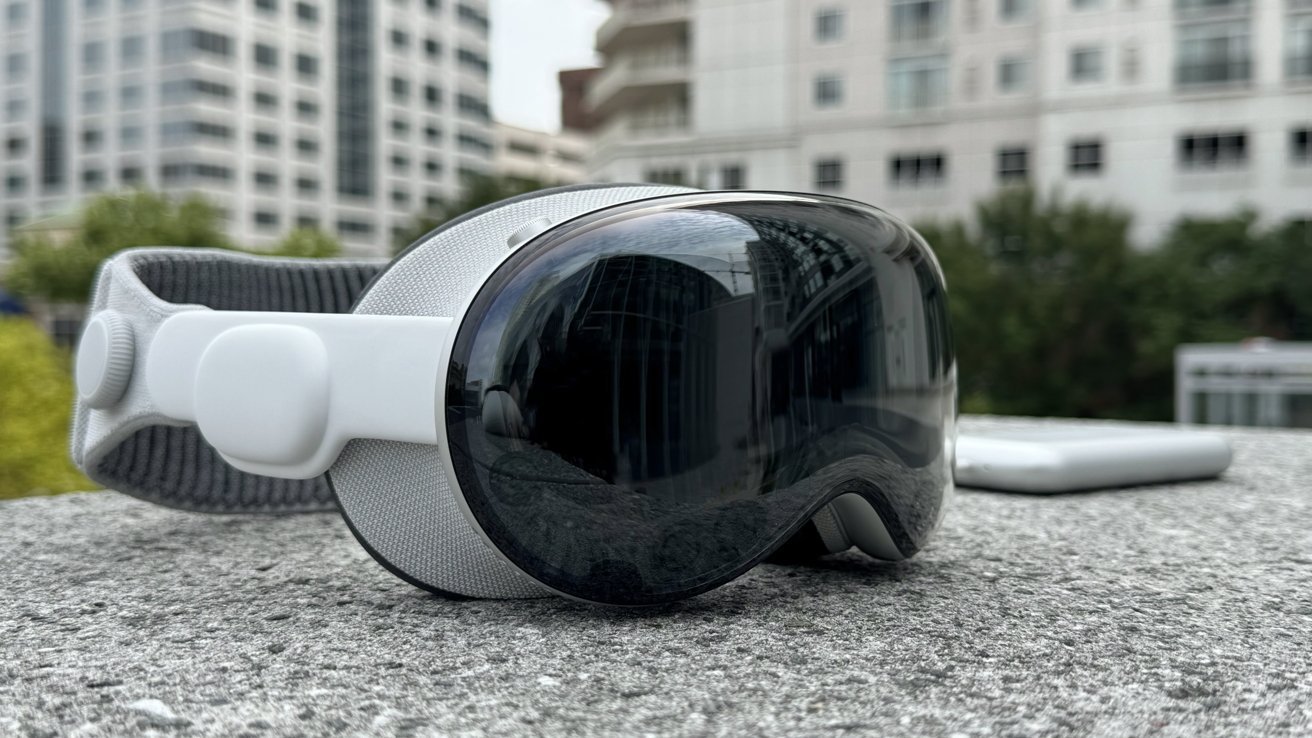Production of the Apple Vision Pro scaled back considerably over the summer, but a new report claims there's a chance Apple may stop it entirely by the end of the year.

Apple Vision Pro
The Apple Vision Pro isn't a mass-market device with massive sales versus the rest of the rest of Apple's range. The relatively lower sales figures gives Apple new supply chain challenges, which it is still working out.
According to sources of The Information involved in component production for the headset, Apple reduced orders for the Apple Vision Pro early in the summer. However, the cut in production may not end there, as it is believed Apple could end up stopping assembly of the headset by the end of 2024.
Part of the decision is due to having ample supplies of the headset and components to make more to meet demand for the foreseeable future. It is claimed suppliers have produced enough components to produce approximately 600,000 headsets.
As for the assembly of the Apple Vision Pro, Luxshare has halved production of the headset to about 1,000 units per day. Apple has reportedly told Luxshare that manufacturing may have to wind down by November.
Analysts believe Apple sold approximately 370,000 headsets in the first three quarters of 2024, and will only sell another 50,000 by the end of the year. Meanwhile, it is thought that Luxshare has assembled between 500,000 and 600,000 headsets, meaning there are about 200,000 headsets in storage.
One of the reasons Apple may be trimming production and letting existing supplies run for a while is because of its work on a new cheaper model for consumers. A $2,000 version is expected to go on sale in 2026, with changes including lower-resolution displays, the loss of Eyesight, and other cost-saving changes.
A second-gen model of Apple Vision Pro is also forecasted to arrive, with production anticipated for the second half of 2025. If accurate, Apple's existing stock of first-gen units may be enough to feed demand until the second-gen iteration launches.
These plans may still change, as the Apple Vision Products Group is still tryingto work out the best way forward for the hardware category. There's always the prospect of coming up with smart glasses similar to Meta's Ray-Ban collaboration, or to go down the route of the "Holy Grail" AR spectacles.
